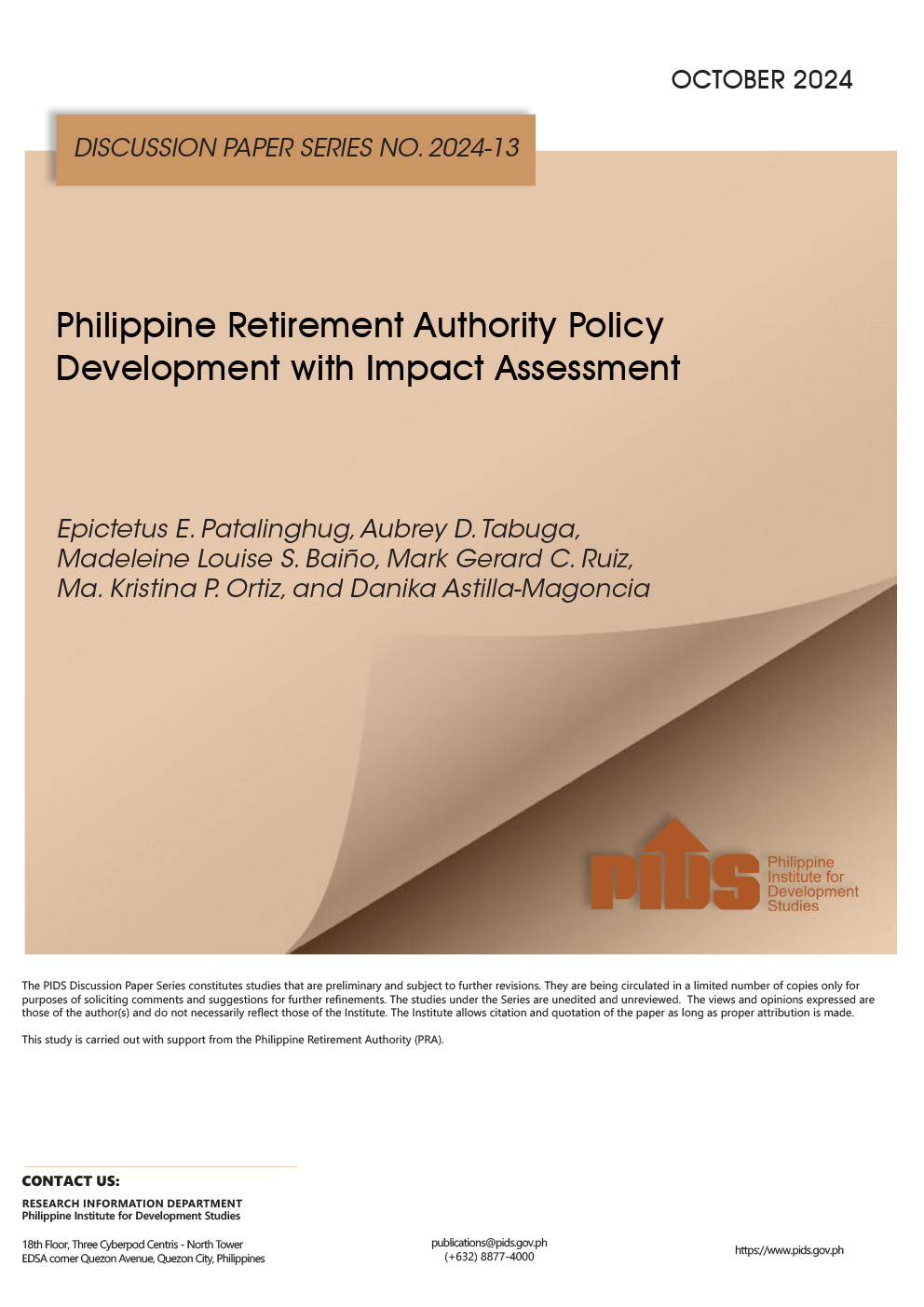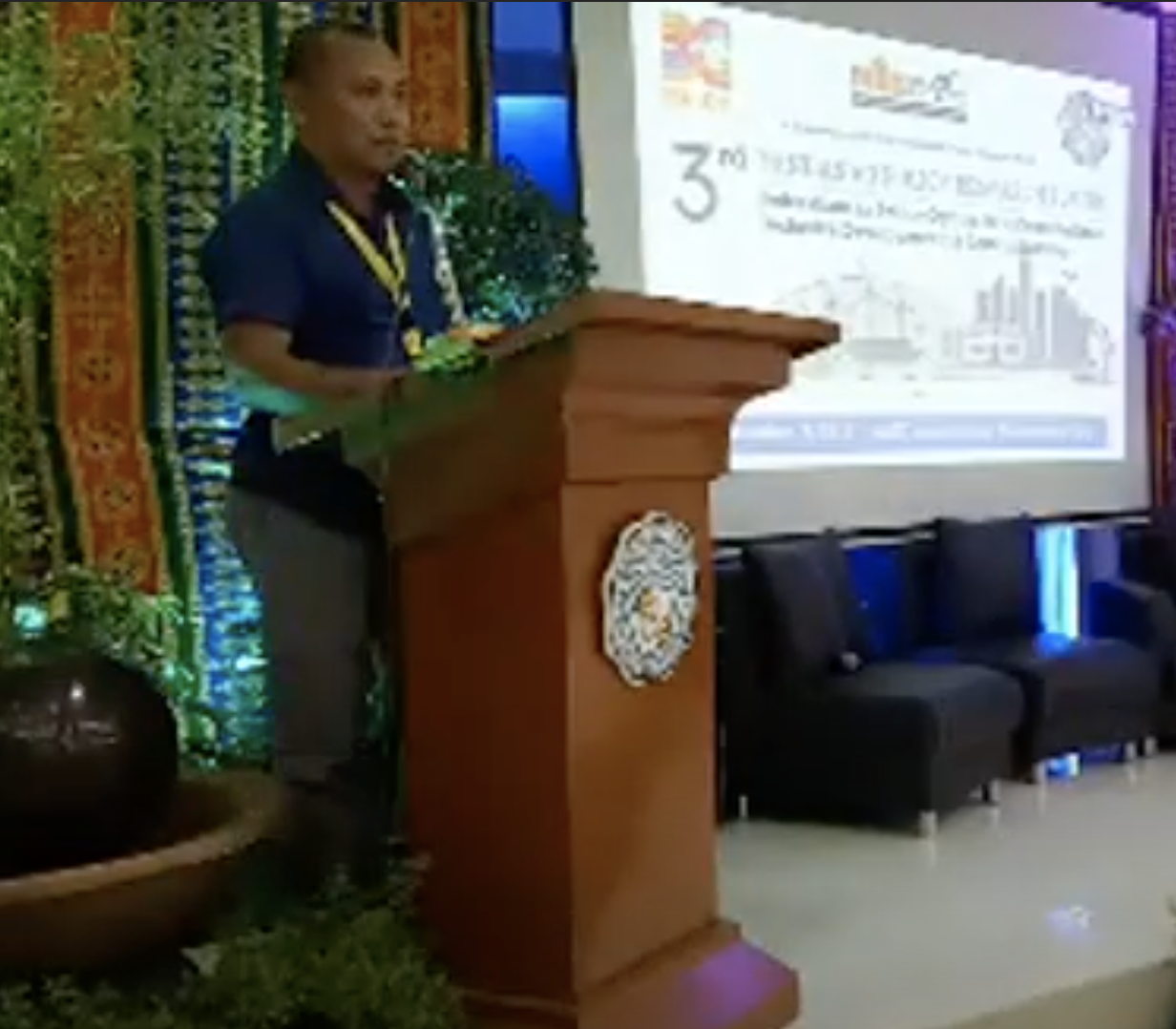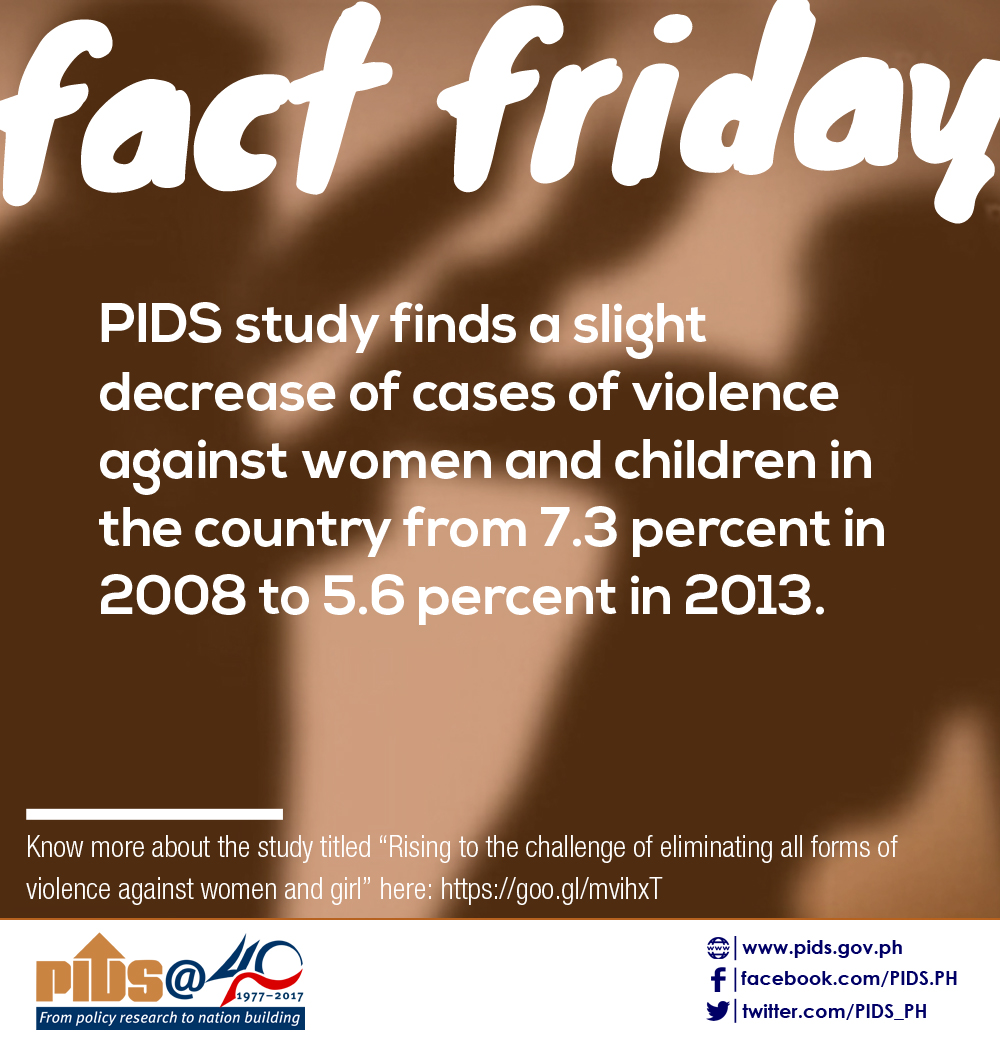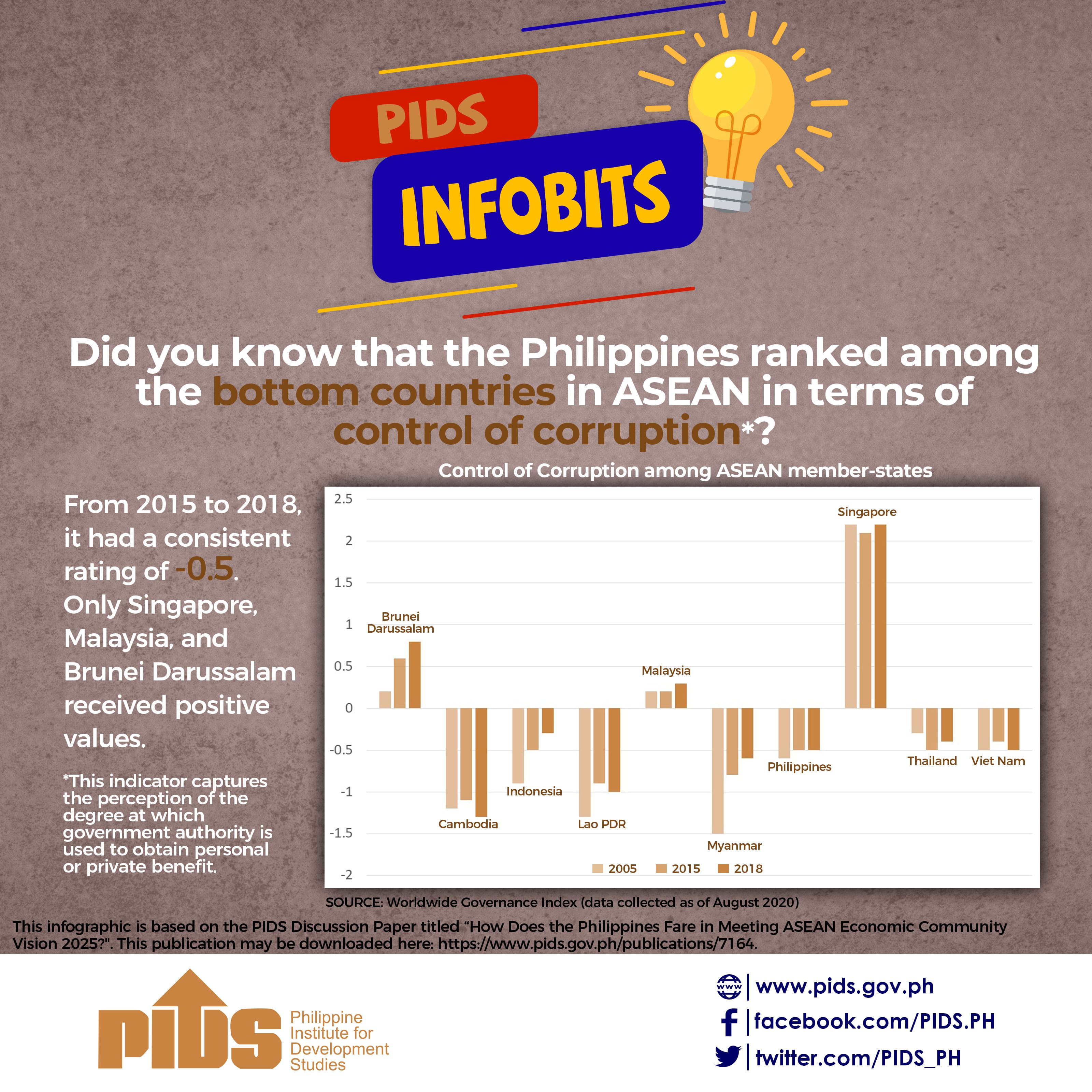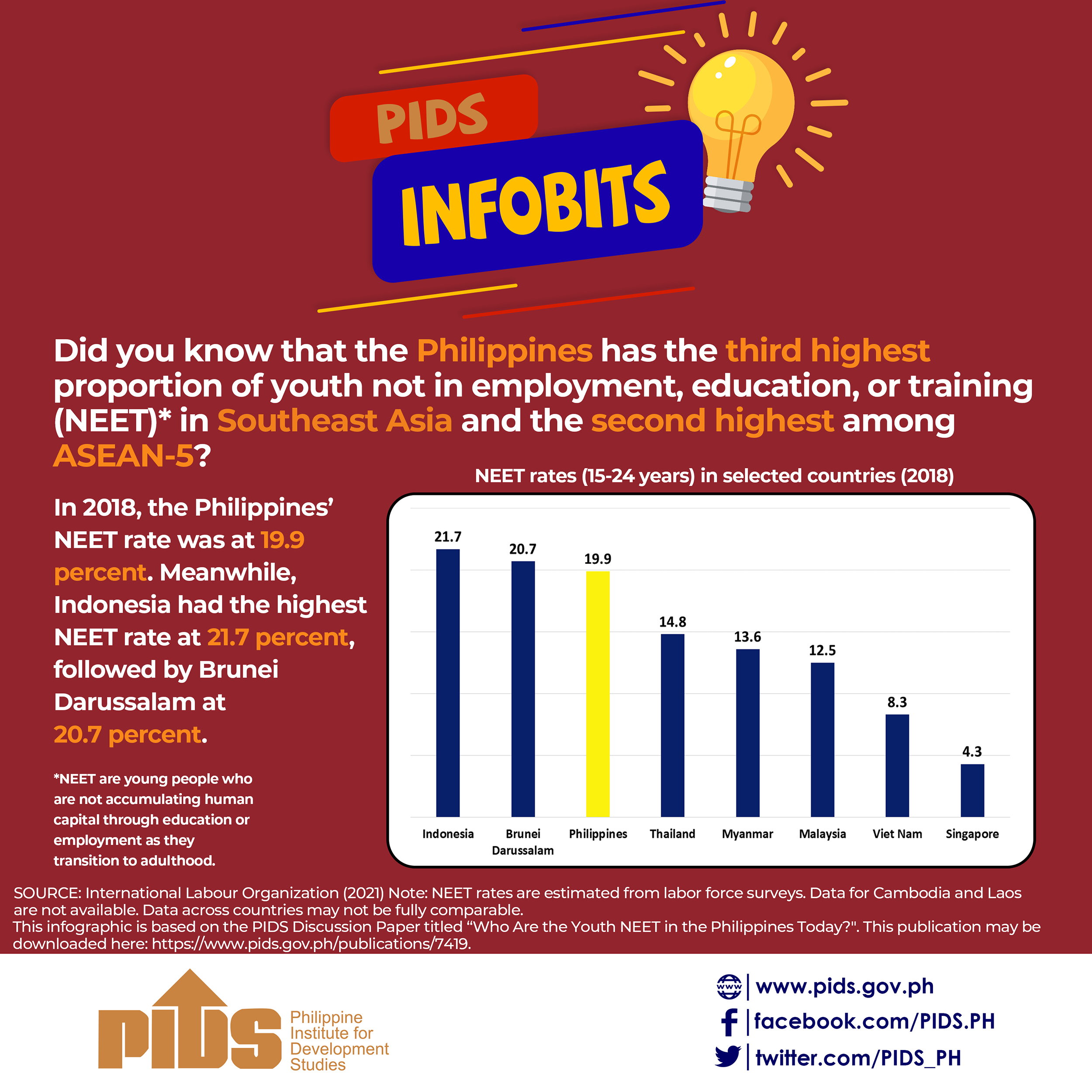The population of the states, presence of political dynasties and dissolution of urban centers are among the critical factors that need to be carefully considered in the planned shift to a federal form of government, according to local experts.
In a recent Philippine Institute for Development Studies (PIDS) forum on federalism, experts debated on the possible impact that the Duterte administration-espoused federal government will have on the economic and political landscape in the country.
PIDS Trustee Alfredo Pascual said the country must first define what federalism is and consider what it entails, particularly its impact on sectors such as education, agriculture, health and others that have suffered under the devolution espoused by the Local Government Code (LGC).
“The move now is toward consolidation, amalgamation, not breaking up anything, be it on geography; we’ve seen a lot of accommodation for political elites by way of cutting up congressional districts, creating more provinces. Now if federalism will be able to reconcile, consolidate the so many political units in the country, then it’s something worth looking into seriously,” Pascual said.
Experts, such as urban-regional planner Arturo Corpuz and Ateneo School of Government Dean Ronald Mendoza said failing to study the impact of federalism could lead to greater income inequality and poverty.
Corpuz said, based on his studies, dividing the country into two to three states will help boost economic growth and not worsen the widening income gap.
He said the widest gap under a two-state Philippines, or a Luzon and Visayas-Mindanao scenario, is 50 percent, while the widest gap under a three-state country divided into Luzon, the Visayas and Mindanao is 51 percent.
Breaking up the country into four, five and seven states could increase income inequality to 61 percent, 79 percent and 93 percent, respectively.
The main reason for this is that federalism could divide urban centers, which include central business districts (CBDs), reducing the ability of these areas to generate growth and productivity to sustain the economy.
“The more you break the Philippines into states, the more the [income] gap widens,” Corpuz said. “[Considering] market size, efficiency, clustering, and linkages, [this shows us] lesser [number of states is ideal].”
Meanwhile, Mendoza said his study showed that creating states through the merger of certain provinces could not be ideal, especially if the provinces have political dynasties.
Mendoza said the merging of these provinces could create a “power vacuum” that will push leaders to vie for leadership in a state. While this is healthy, the country’s electoral history has shown this could turn violent.
He said proposals to create the state of Northern Luzon consisting of Pangasinan, Ilocos Norte, Batanes, La Union, Isabela, Abra and others, for example, could result in violence to escalate because of “highly dynastic provinces”.
“This fight for leadership is not negative per se, but may not be ideal, especially for states with provinces where political dynasties and armed conflicts are prevalent,” Mendoza said. “There exist asymmetries within and among provinces [dynastic, nondynastic, low/high development] which pose a challenge in the integration,” he added.
Shifting to a federal form of government was one of the President’s campaign promises. It is viewed by the administration as an efficient means to address underdevelopment in the countryside.
This aim has been supported by Duterte’s zero to 10-point agenda, which aims to rebalance the economy by having a bias for regional and rural development.
In a recent Philippine Institute for Development Studies (PIDS) forum on federalism, experts debated on the possible impact that the Duterte administration-espoused federal government will have on the economic and political landscape in the country.
PIDS Trustee Alfredo Pascual said the country must first define what federalism is and consider what it entails, particularly its impact on sectors such as education, agriculture, health and others that have suffered under the devolution espoused by the Local Government Code (LGC).
“The move now is toward consolidation, amalgamation, not breaking up anything, be it on geography; we’ve seen a lot of accommodation for political elites by way of cutting up congressional districts, creating more provinces. Now if federalism will be able to reconcile, consolidate the so many political units in the country, then it’s something worth looking into seriously,” Pascual said.
Experts, such as urban-regional planner Arturo Corpuz and Ateneo School of Government Dean Ronald Mendoza said failing to study the impact of federalism could lead to greater income inequality and poverty.
Corpuz said, based on his studies, dividing the country into two to three states will help boost economic growth and not worsen the widening income gap.
He said the widest gap under a two-state Philippines, or a Luzon and Visayas-Mindanao scenario, is 50 percent, while the widest gap under a three-state country divided into Luzon, the Visayas and Mindanao is 51 percent.
Breaking up the country into four, five and seven states could increase income inequality to 61 percent, 79 percent and 93 percent, respectively.
The main reason for this is that federalism could divide urban centers, which include central business districts (CBDs), reducing the ability of these areas to generate growth and productivity to sustain the economy.
“The more you break the Philippines into states, the more the [income] gap widens,” Corpuz said. “[Considering] market size, efficiency, clustering, and linkages, [this shows us] lesser [number of states is ideal].”
Meanwhile, Mendoza said his study showed that creating states through the merger of certain provinces could not be ideal, especially if the provinces have political dynasties.
Mendoza said the merging of these provinces could create a “power vacuum” that will push leaders to vie for leadership in a state. While this is healthy, the country’s electoral history has shown this could turn violent.
He said proposals to create the state of Northern Luzon consisting of Pangasinan, Ilocos Norte, Batanes, La Union, Isabela, Abra and others, for example, could result in violence to escalate because of “highly dynastic provinces”.
“This fight for leadership is not negative per se, but may not be ideal, especially for states with provinces where political dynasties and armed conflicts are prevalent,” Mendoza said. “There exist asymmetries within and among provinces [dynastic, nondynastic, low/high development] which pose a challenge in the integration,” he added.
Shifting to a federal form of government was one of the President’s campaign promises. It is viewed by the administration as an efficient means to address underdevelopment in the countryside.
This aim has been supported by Duterte’s zero to 10-point agenda, which aims to rebalance the economy by having a bias for regional and rural development.


